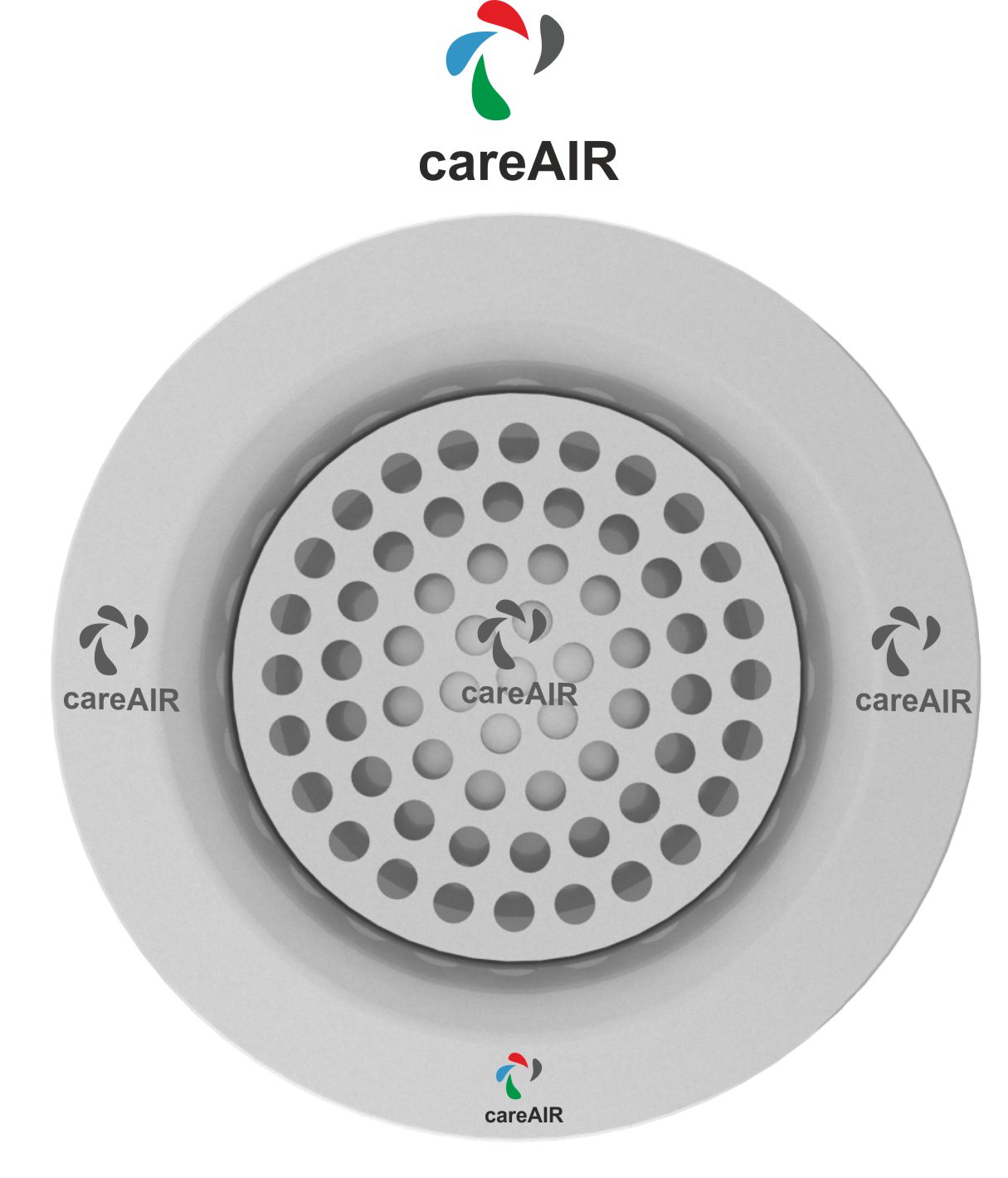
We provides solutions in the following areas:-
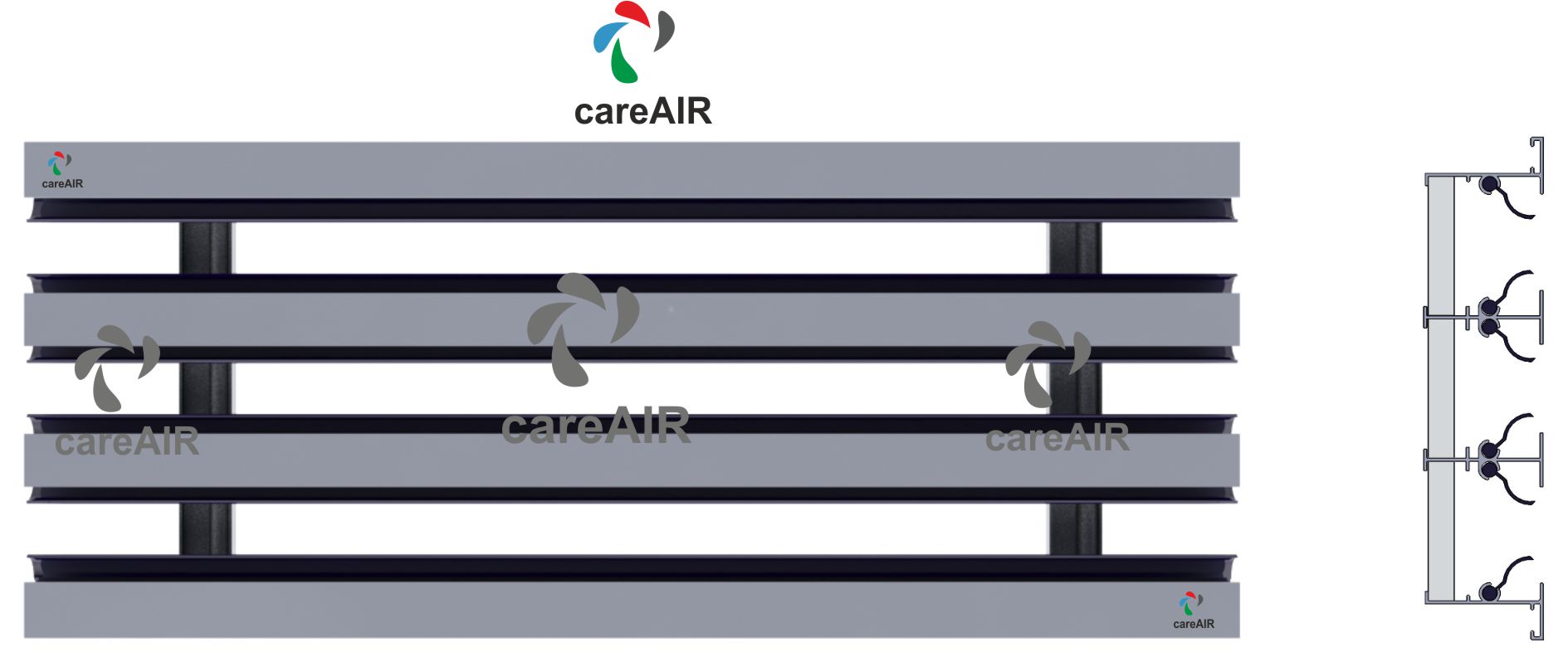
Slot Diffuser - Normal type.
Slot diffusers are linear air distribution devices used in HVAC systems to supply or return air in a space. They feature narrow, elongated openings, often integrated into ceilings or walls, to provide a streamlined and modern appearance. These diffusers are designed to distribute air evenly and can have adjustable vanes to control airflow direction and volume. Their sleek, unobtrusive design enhances the visual appeal of interiors. Slim, linear openings, often customizable in length. Available in single-slot or multi-slot configurations. Provide controlled, uniform air distribution. Typically adjustable to direct airflow in specific directions. Suitable for both supply and return air applications. Offer quiet operation with minimal noise generation. Commonly made of aluminium or steel for durability. Can be powder- coated or painted to match interior decor.
Slot Diffuser with hit and miss damper - Normal type.
Slot diffusers with hit-and-miss dampers in HVAC systems are a specialized type of air diffuser that incorporates a built-in mechanism to control airflow. The hit-and-miss damper consists of adjustable sliding or pivoting plates that can open, close, or partially block sections of the diffuser to regulate the volume of air passing through specific slots. The hit-and-miss damper allows for manual adjustment of airflow, providing flexibility in air distribution. Individual sections of the diffuser can be opened or closed to fine-tune the system for specific zones.
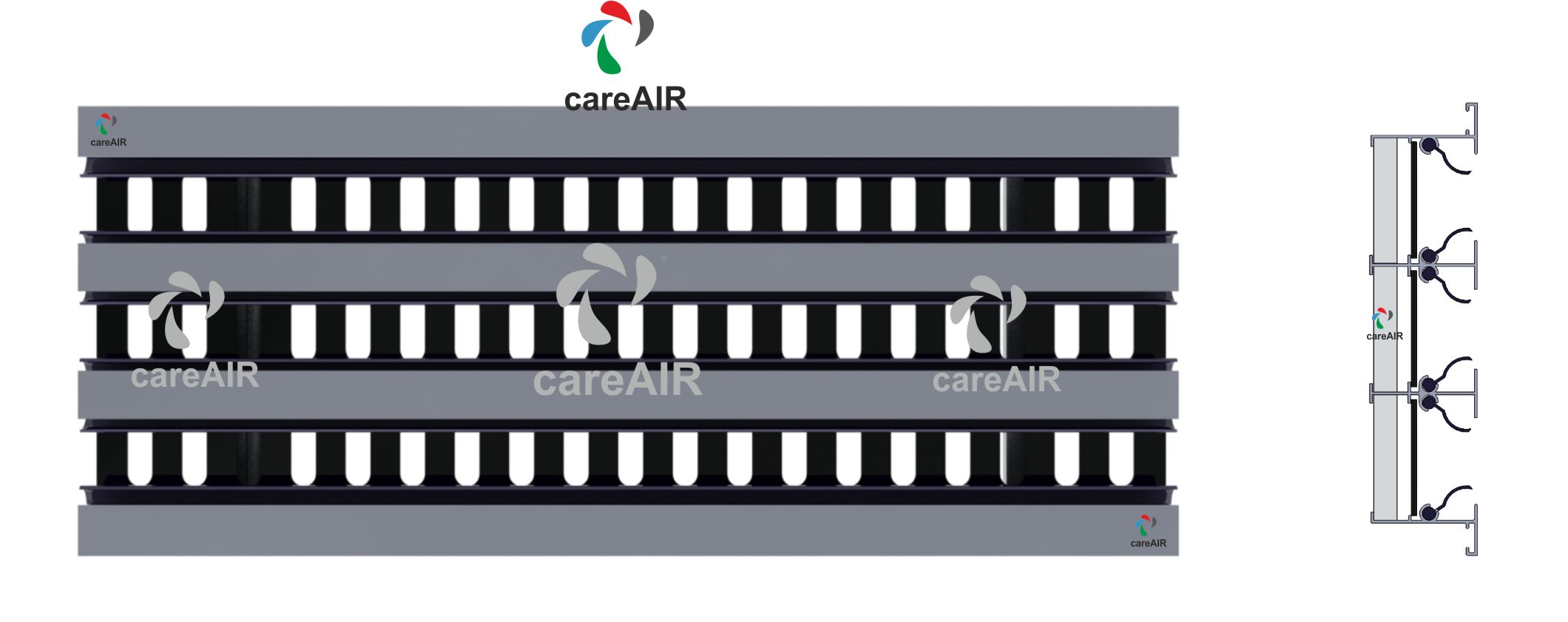
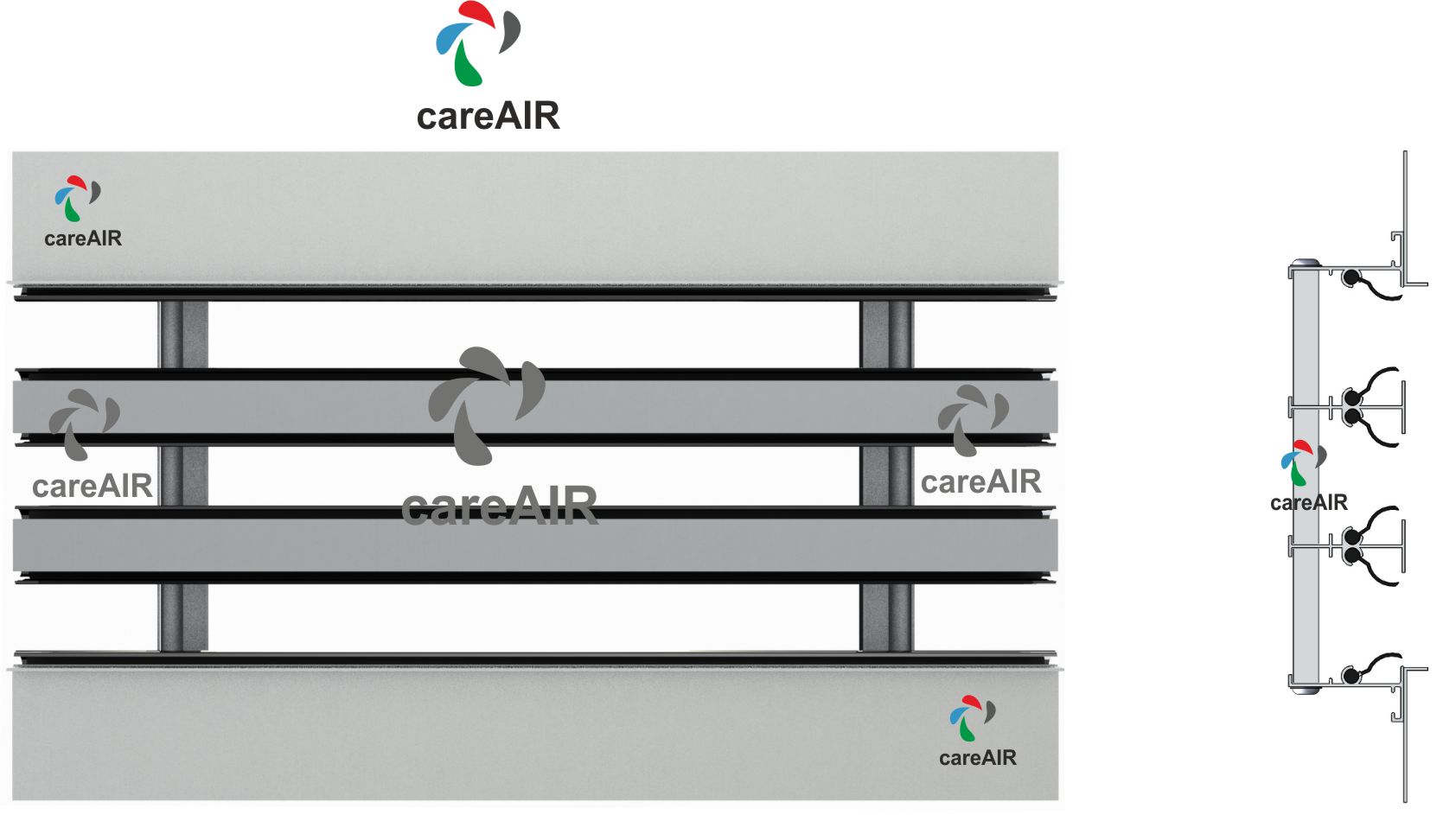
Slot Diffuser - Hidden type.
Hidden slot diffusers in HVAC systems are a specialized type of slot diffuser designed to be discreetly integrated into architectural elements, making them virtually invisible to occupants. These diffusers are typically concealed within features like recessed ceilings, wall edges, or behind decorative panels, allowing for seamless airflow distribution without compromising the aesthetic of the space. Installed in a way that blends completely with the surrounding architecture. Often hidden behind perforated panels, architectural coves, or recessed trims. Provide efficient and uniform air delivery while maintaining a low-profile appearance. Hidden slot diffusers are ideal for projects where design aesthetics are critical, offering a perfect balance of form and function in HVAC systems.
Slot Diffuser with hit and miss damper - Hidden type.
Hidden slot diffusers with hit-and-miss dampers in HVAC systems combine the discreet aesthetics of concealed slot diffusers with the functionality of adjustable airflow control. These diffusers are designed to blend seamlessly into architectural elements, such as recessed ceilings or decorative panels, while incorporating hit-and-miss dampers to allow precise manual control of airflow.
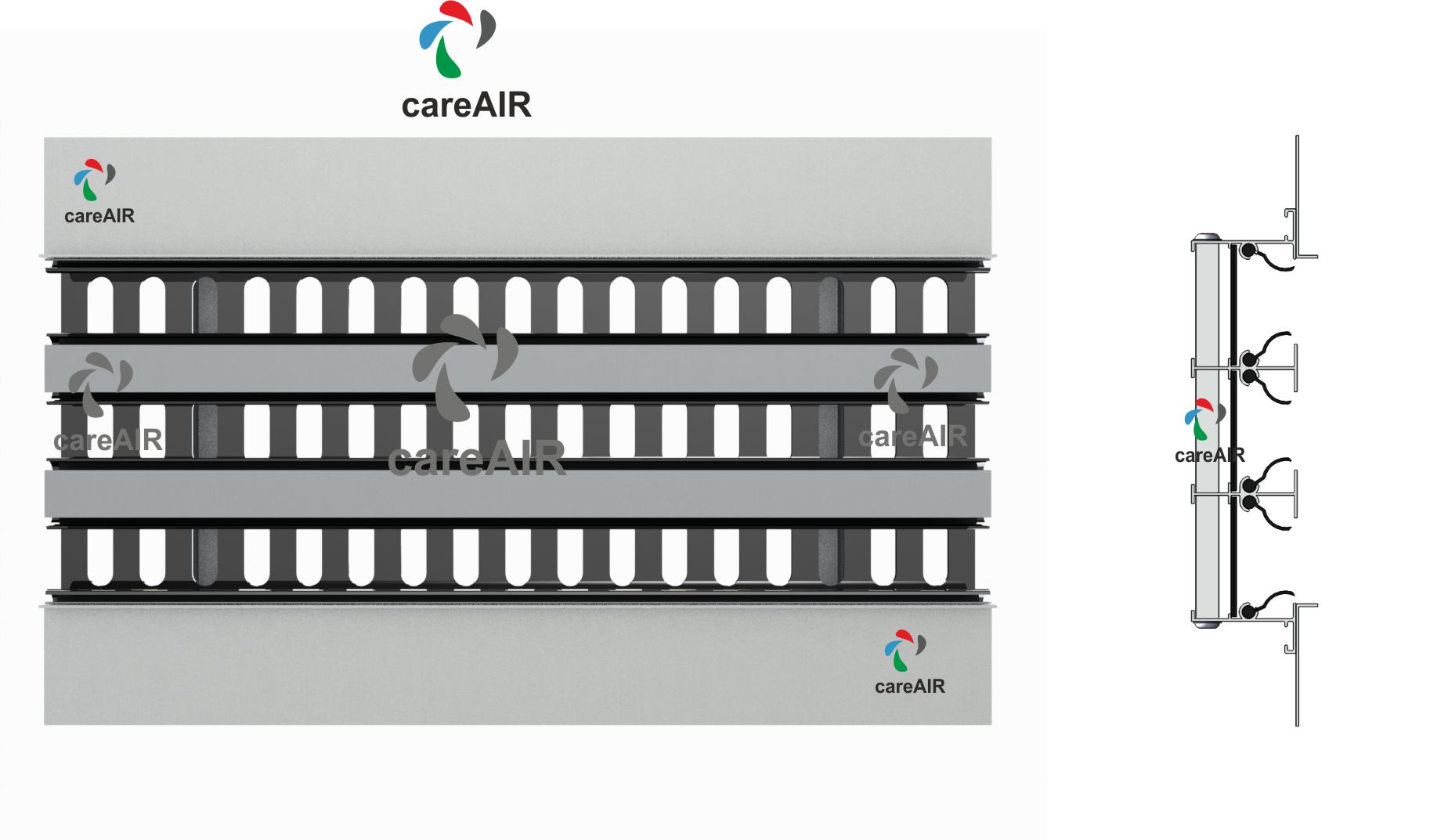
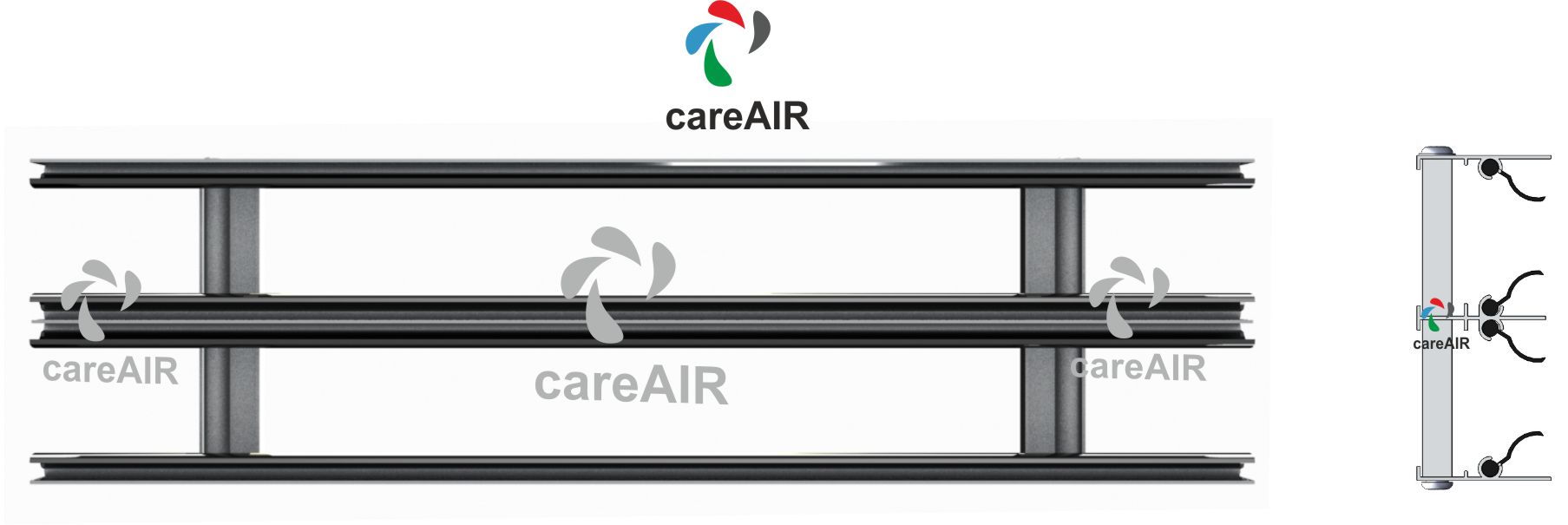
Slot Diffuser - Trim less
Trim less slot diffusers are a type of linear air diffuser designed to provide a seamless, modern look by eliminating the visible frame or trim typically associated with traditional diffusers. These diffusers integrate directly into ceilings or walls, creating a clean, flush appearance that blends perfectly with the surrounding architecture. Installed without visible borders or trims, resulting in a minimalist aesthetic. Typically mounted in recessed configurations, aligning perfectly with plasterboard or other ceiling and wall finishes. Often equipped with adjustable blades or vanes for precise airflow direction and control. Available in various lengths, slot configurations (single or multiple slots), and finishes. Can be powder-coated or painted to match the surrounding surface.
Slot Diffuser with hit and miss damper - Trim less
Trim less slot diffusers with hit-and-miss dampers combine the seamless, minimalist design of trim less diffusers with the functionality of adjustable airflow control provided by hit-and-miss dampers. These diffusers are designed to integrate flush with ceilings or walls, creating a sleek appearance while allowing precise control of air distribution. Dampers allow manual adjustment of airflow by opening, closing, or partially restricting sections of the diffuser. Enables localized airflow control for improved comfort and efficiency.

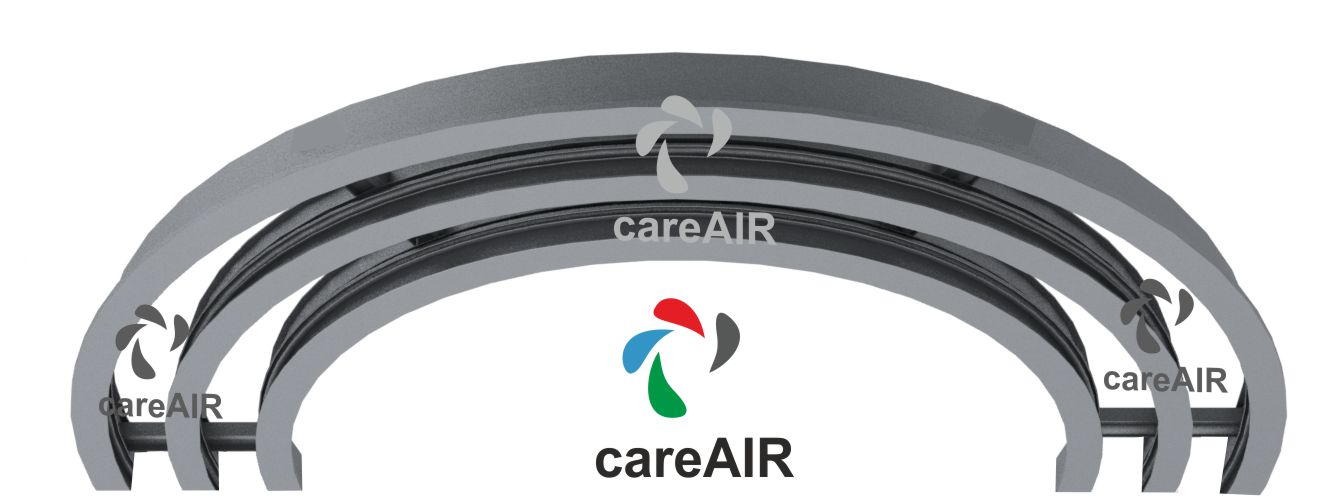
Ceiling curved Slot Diffuser.
A ceiling curved slot diffuser is a specialized type of air distribution device designed to fit curved architectural features, such as arched or circular ceilings. These diffusers combine the sleek, linear design of traditional slot diffusers with the flexibility to follow a curved contour, providing efficient air distribution while complementing the aesthetic of the space. The diffuser is manufactured to match the curvature of the ceiling, whether it’s circular, elliptical, or arched. Provides a seamless and elegant appearance that integrates with unique architectural elements. Ensures uniform and efficient air supply or return across the curved surface. Typically made to order to match the specific curvature and dimensions of the installation area. Available in various finishes, colours, and slot configurations.
Ceiling round Slot Diffuser.
A ceiling round slot diffuser is a type of air distribution device designed specifically for circular or rounded ceiling installations. Unlike traditional linear slot diffusers, round slot diffusers are configured in a circular layout, enabling them to deliver air evenly in all directions or in a targeted pattern, depending on the design. Designed to fit into round ceiling features or standalone as circular diffusers. Provides 360-degree air distribution for uniform coverage in the space. Available in various diameters to suit different ceiling sizes and design requirements. Can be tailored with different finishes to match the aesthetic of the interior. Typically made from aluminium or steel for durability and lightweight properties. Can be powder-coated, painted, or anodized to blend seamlessly with the ceiling.
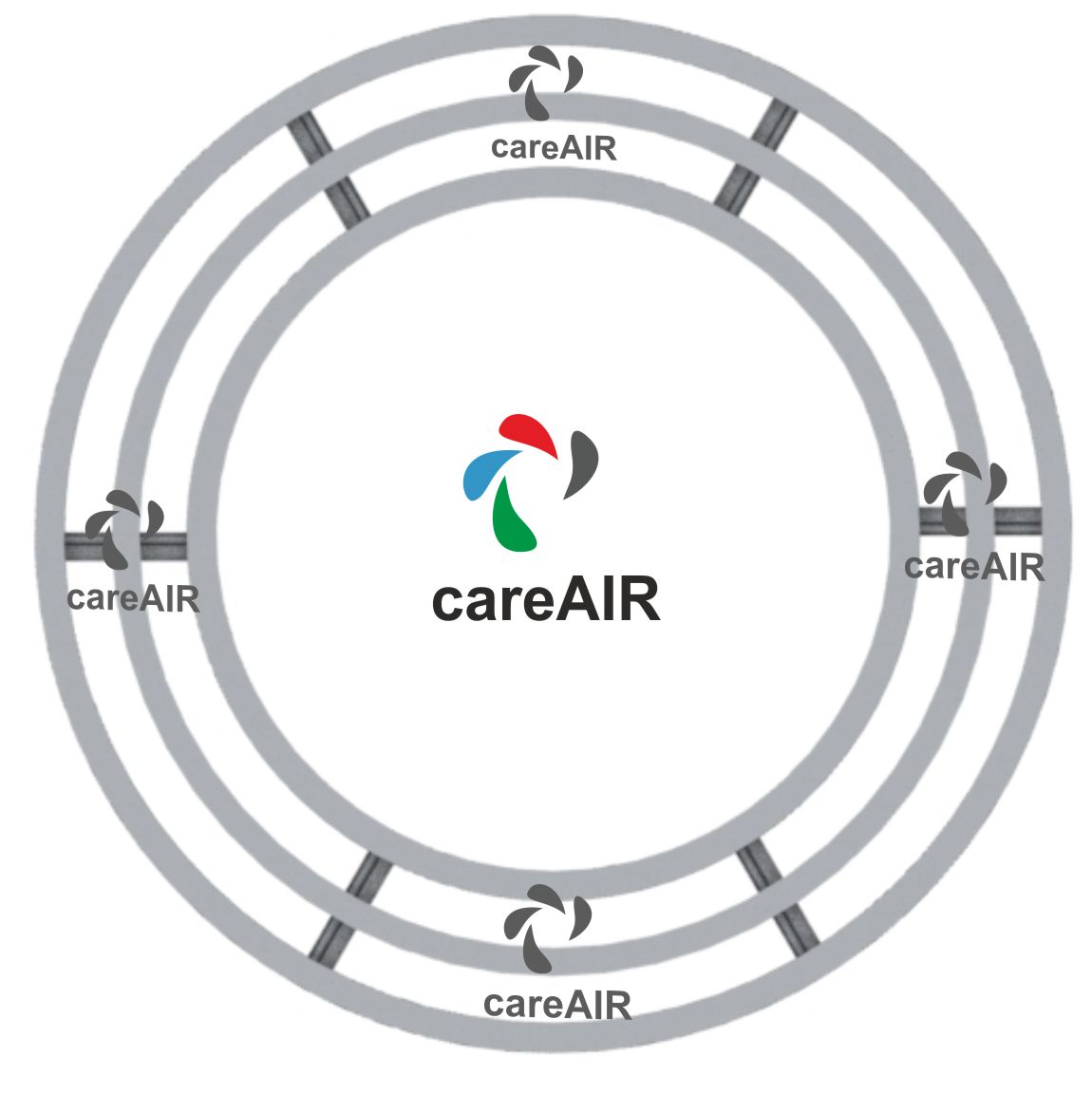
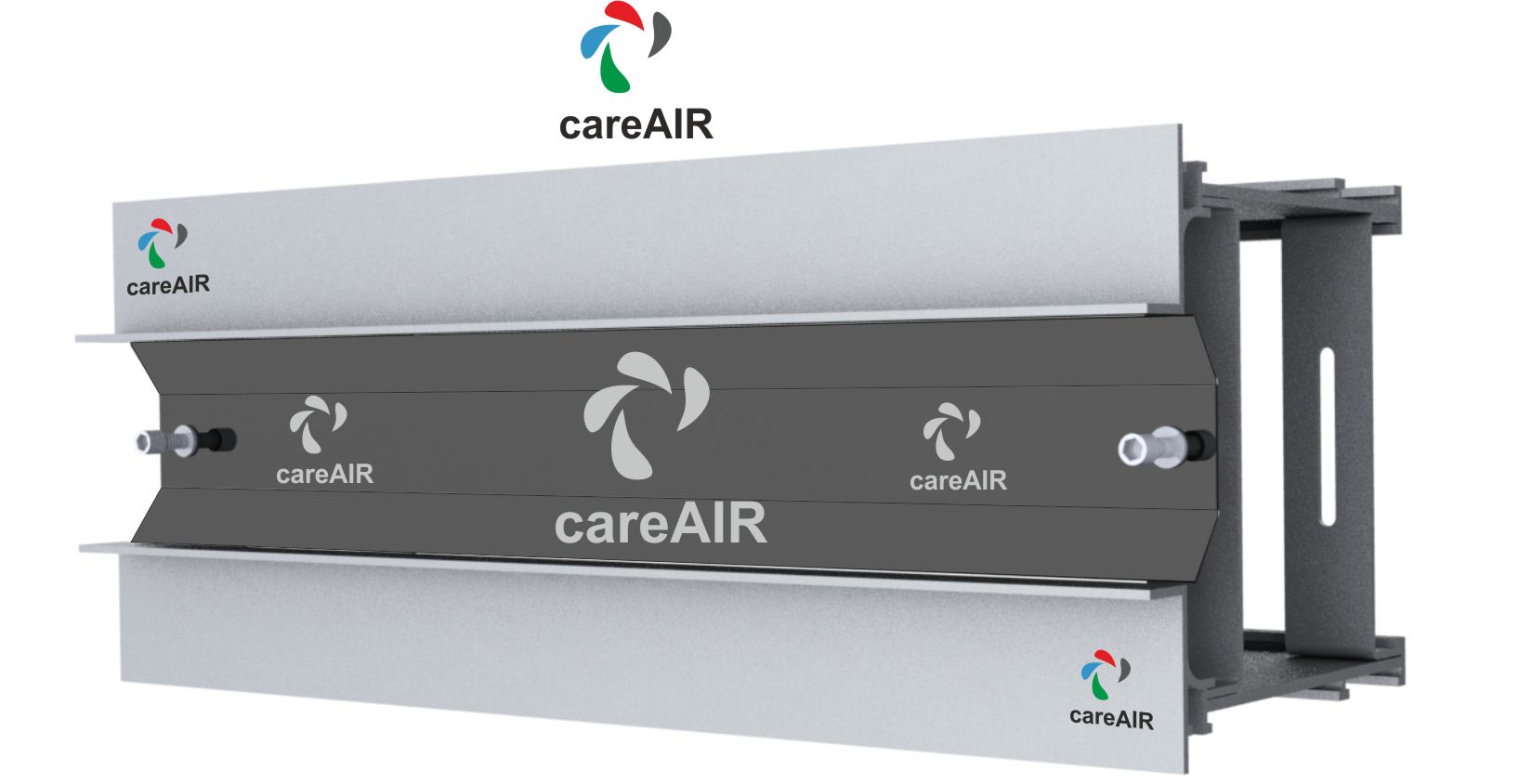
Slot Diffuser - Flow bar.
Flow bar slot diffusers in HVAC systems are a type of slot diffuser designed with a sleek, linear appearance and optimized for high-performance air distribution. The term "flow bar" typically refers to a specific style of slot diffuser that features adjustable blades or vanes integrated into the diffuser's narrow slots, allowing precise control of airflow direction and volume. These diffusers are popular for their modern aesthetic and functionality.
Square Diffuser.
A square diffuser is an air distribution device commonly used in HVAC systems to supply or return air within a room. It is characterized by its square or rectangular shape and concentric louvered design, which enables uniform airflow in multiple directions. Typically mounted on ceilings, square diffusers are designed to distribute air evenly across a space, ensuring optimal comfort and efficiency. It have a removable core for easier maintenance and cleaning. Suitable for both supply and return air applications. Usually constructed from lightweight aluminium, steel, or plastic. Available in different finishes, such as powder coating, to blend with interior decor.
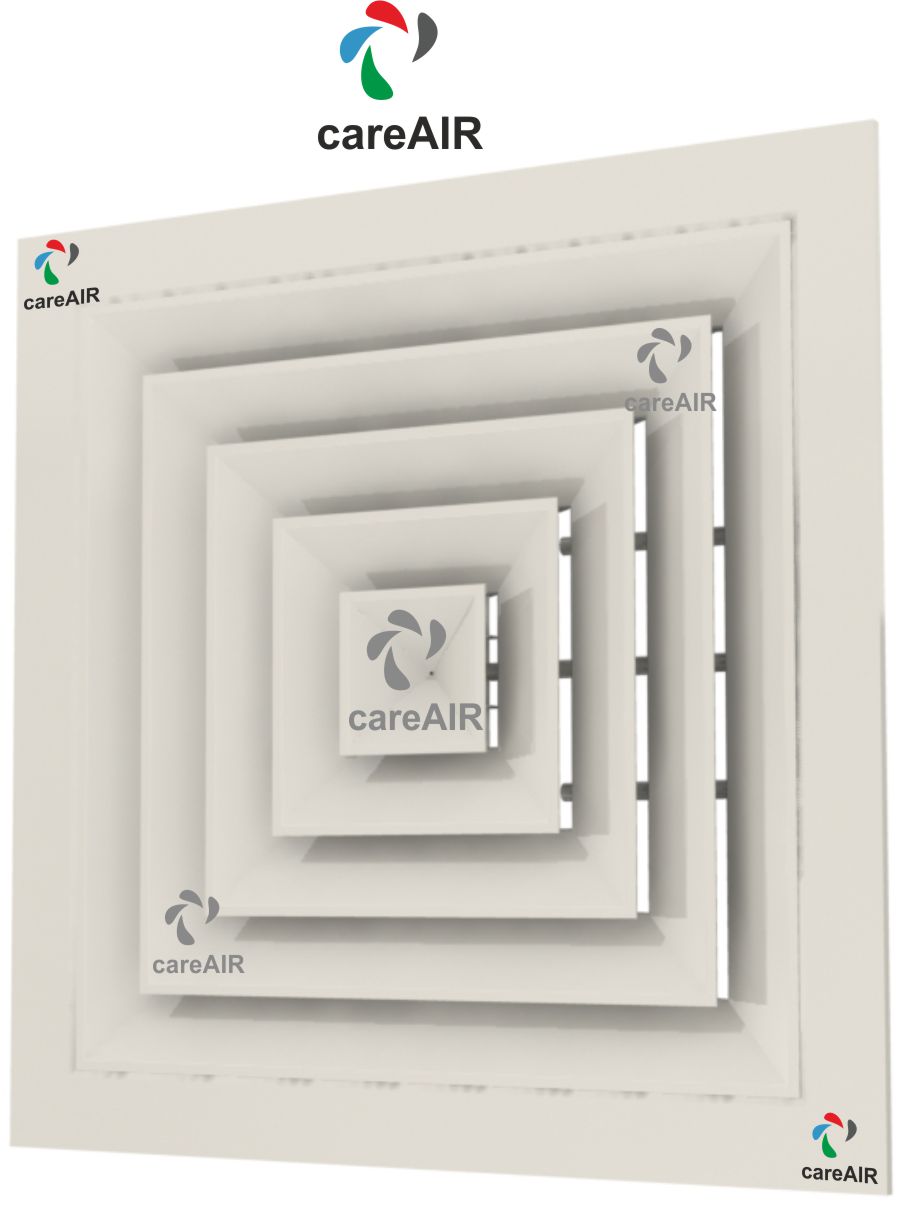
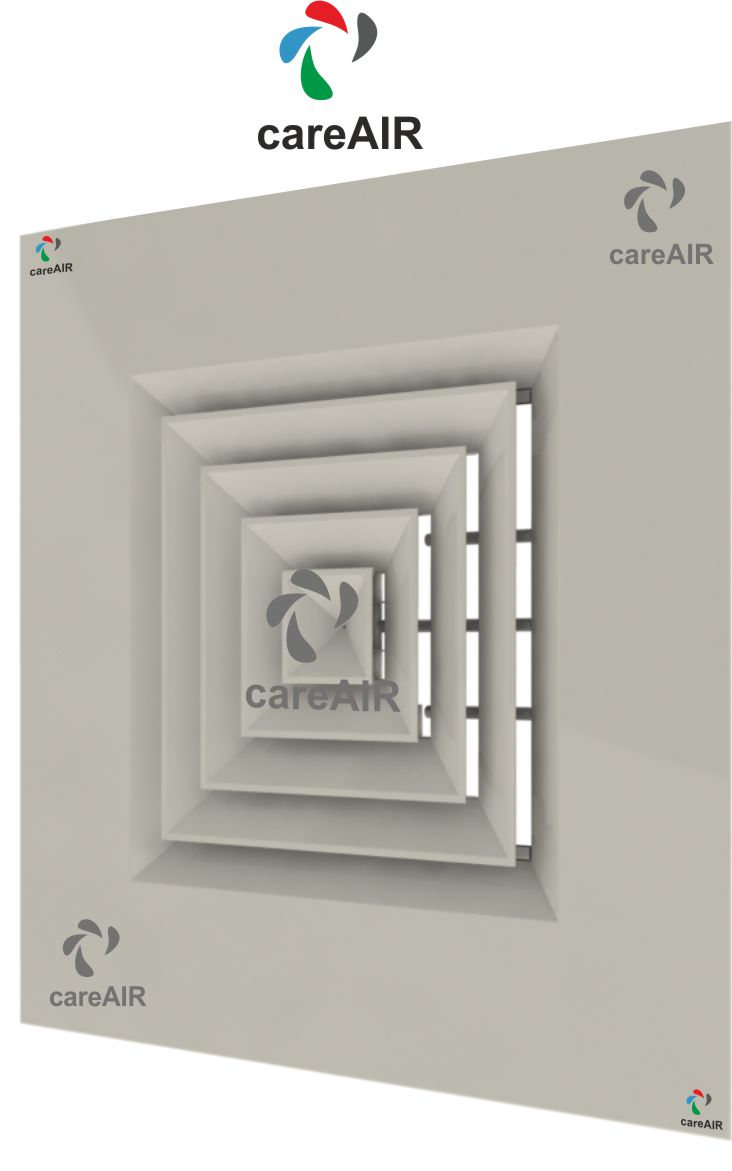
Grid Diffuser.
Grid diffusers are a common type of air distribution device used in HVAC systems to supply or return air within a space. They are typically ceiling-mounted and feature a square or rectangular design with a central core and multiple louvers or vanes arranged in a stepped or concentric pattern. In this diffuser outer size 595 x 595 is fixed having different sizes of neck like 150 x 150 , 300 x 300, 450 x 450. These diffusers are designed for even air distribution and are widely used in both commercial and residential applications. Commonly used in grid type ceiling where grid outer size is mandatory.
One Way Diffuser.
One-way diffusers in HVAC systems are air distribution devices designed to direct airflow in a single direction. Unlike multi-directional diffusers, which spread air in multiple directions, one-way diffusers focus airflow toward a specific area, providing targeted air delivery. They are often used in situations where controlled or directional airflow is needed.
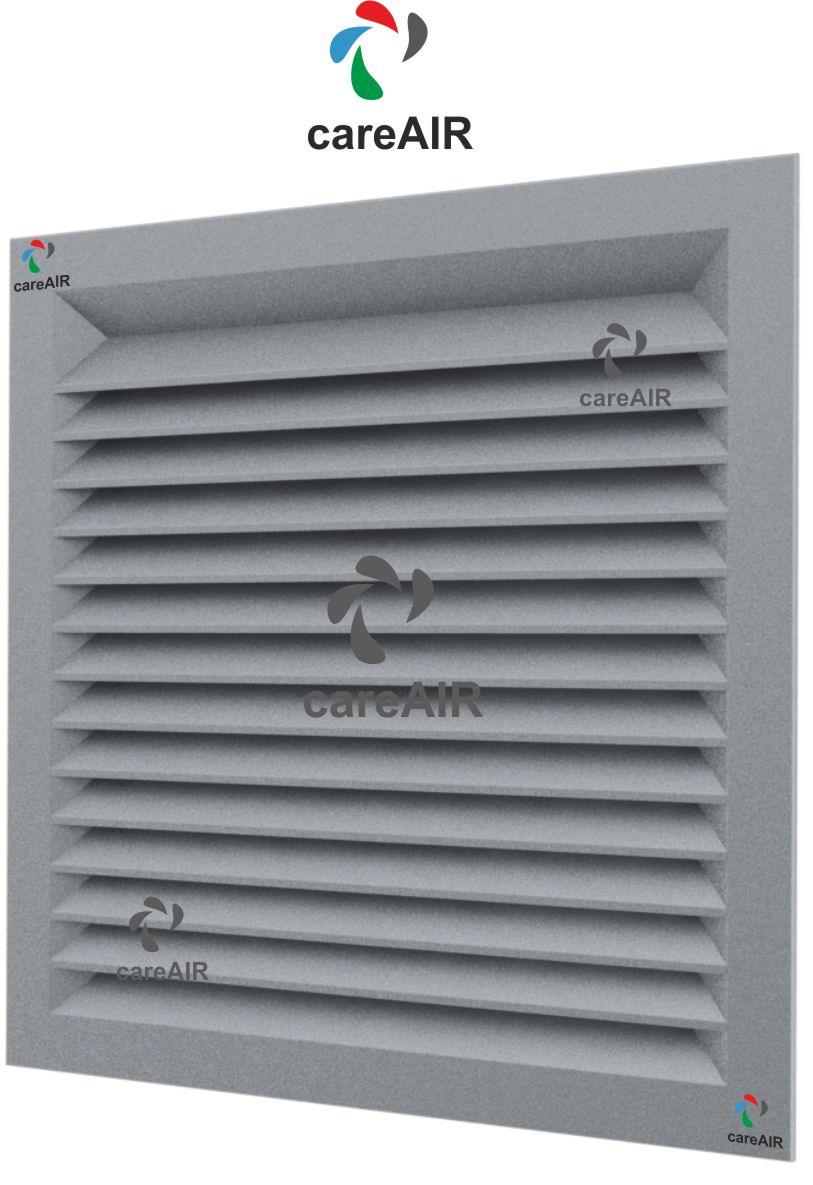
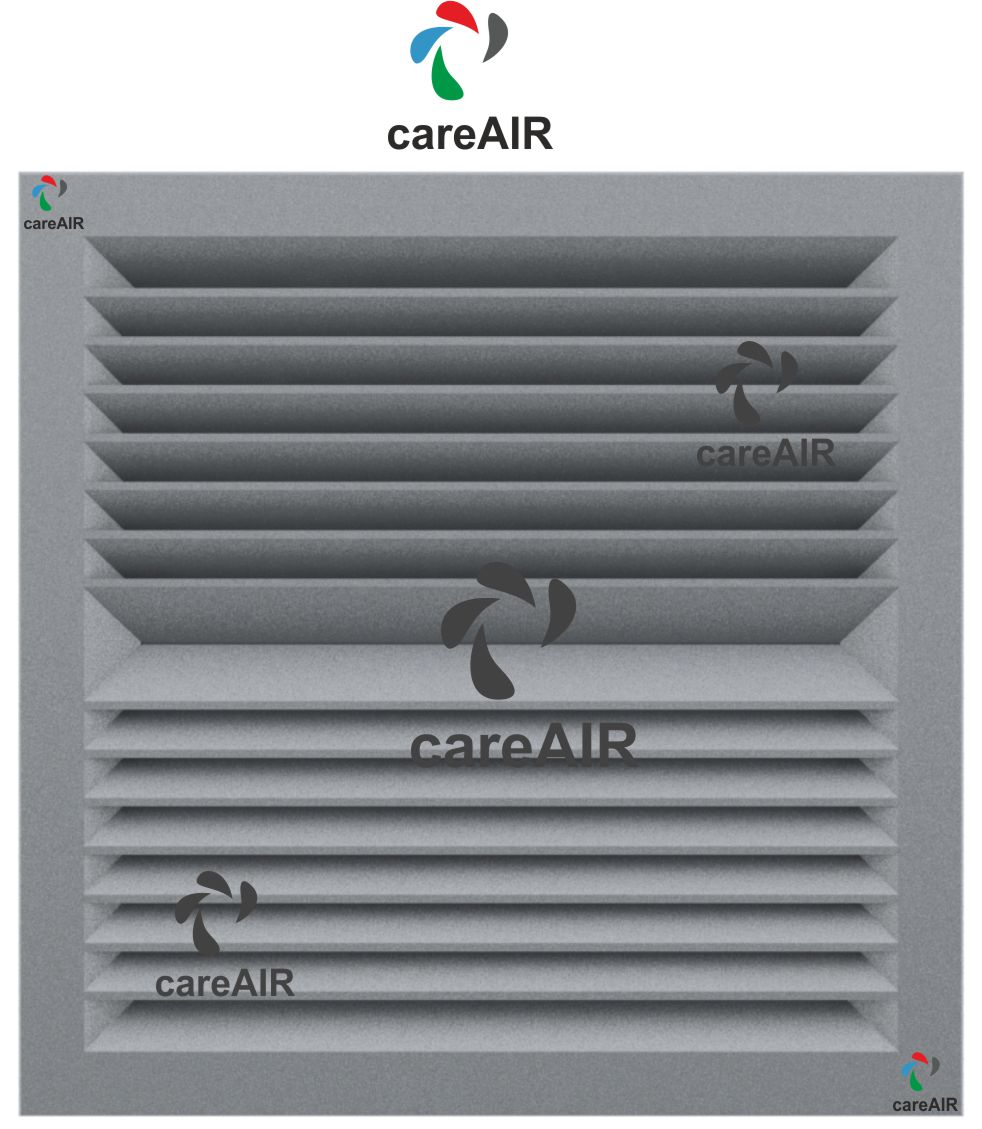
Two Way Diffuser/Linear Diffuser.
Two-way diffusers in HVAC are air distribution devices designed to direct airflow in two opposite or adjacent directions. This design allows for efficient air distribution across larger areas, making them suitable for spaces that require a balanced and focused airflow pattern without spreading air in all directions.
Three Way Diffuser.
Three-way diffusers in HVAC systems are air distribution devices designed to direct airflow in three specific directions. This configuration allows for efficient and widespread air distribution in spaces where airflow coverage is needed on three sides. They are commonly used in ceiling installations to provide balanced ventilation while maintaining occupant comfort.
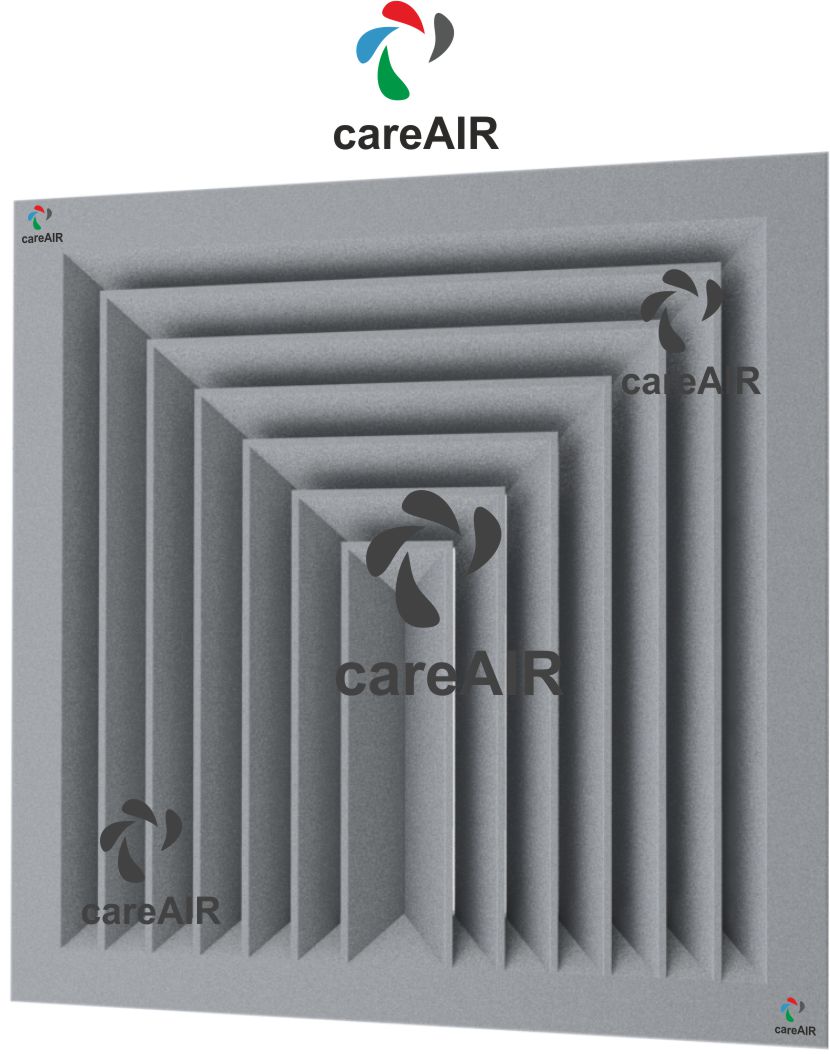
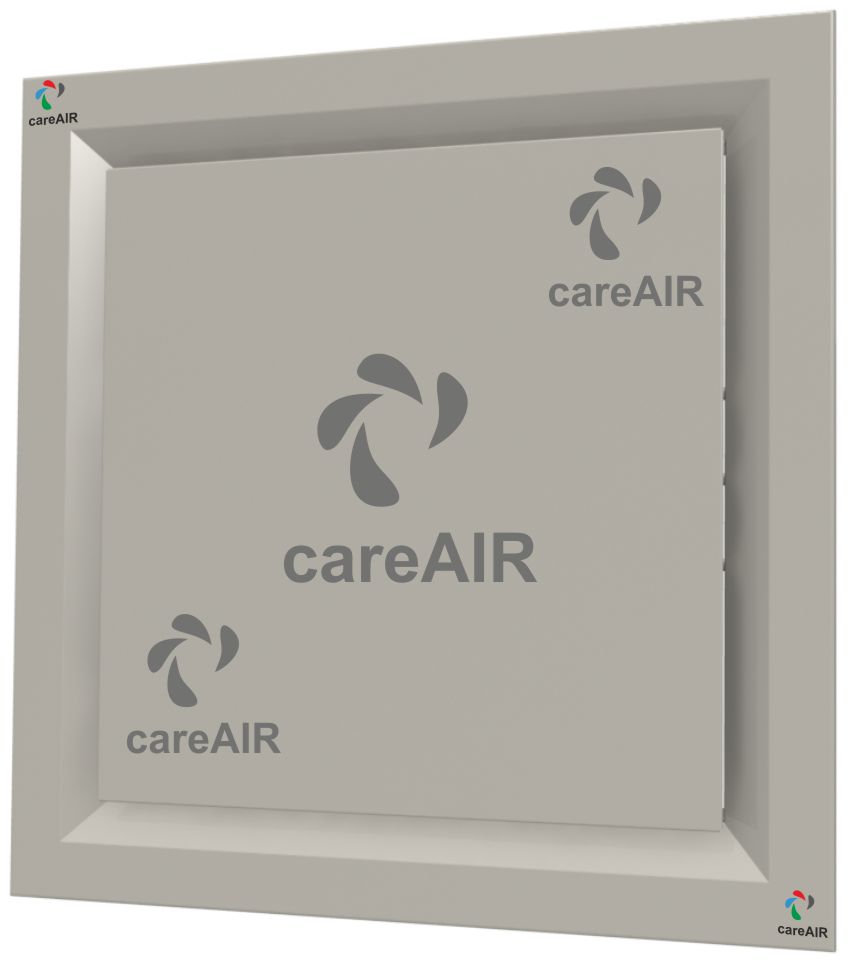
Plaque Diffuser.
Plaque diffusers in HVAC systems are a type of air terminal device designed to provide supply or return air in a space. These diffusers feature a flat, smooth faceplate (the "plaque") that enhances aesthetics while ensuring uniform and draft-free air distribution. Plaque diffusers are commonly used in modern commercial and residential spaces due to their minimalist design and efficient performance.
Plaque Diffuser-Rectangular
Rectangular plaque diffusers in HVAC systems are a subtype of plaque diffusers designed with a rectangular flat faceplate. These diffusers are used to supply or return air in a space while maintaining a sleek, minimalist aesthetic. Their design ensures even and draft-free air distribution, making them suitable for spaces where both functionality and visual appeal are important.
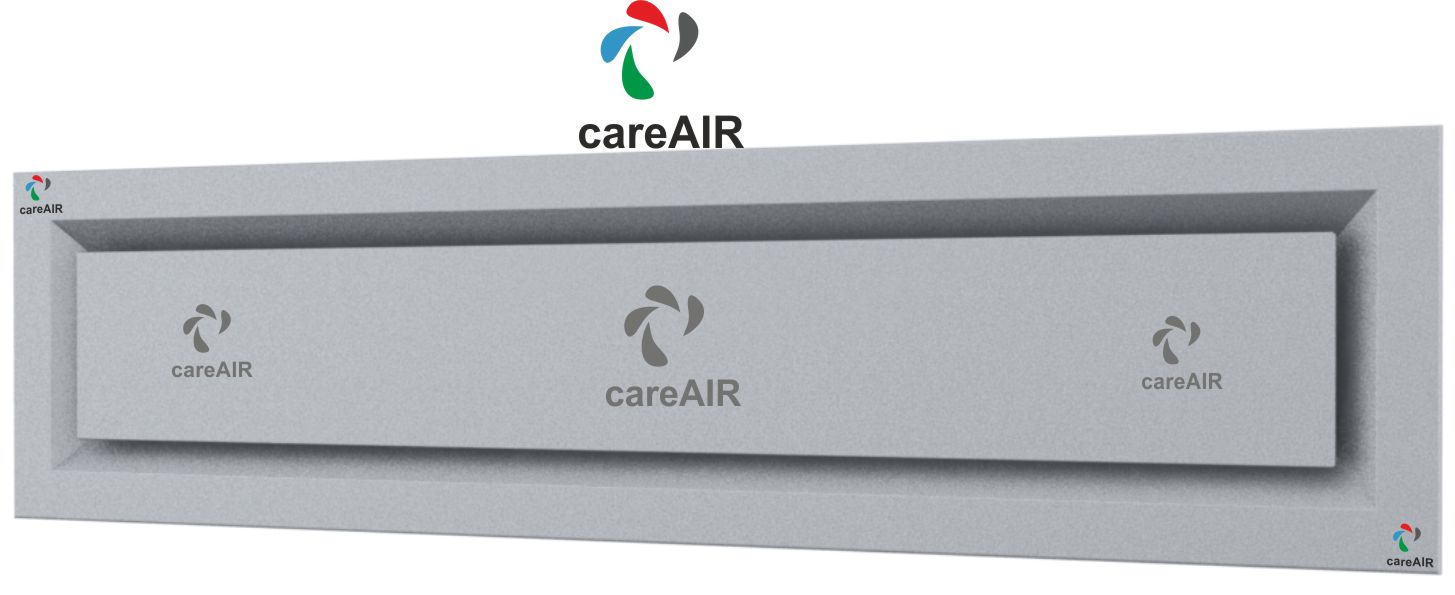
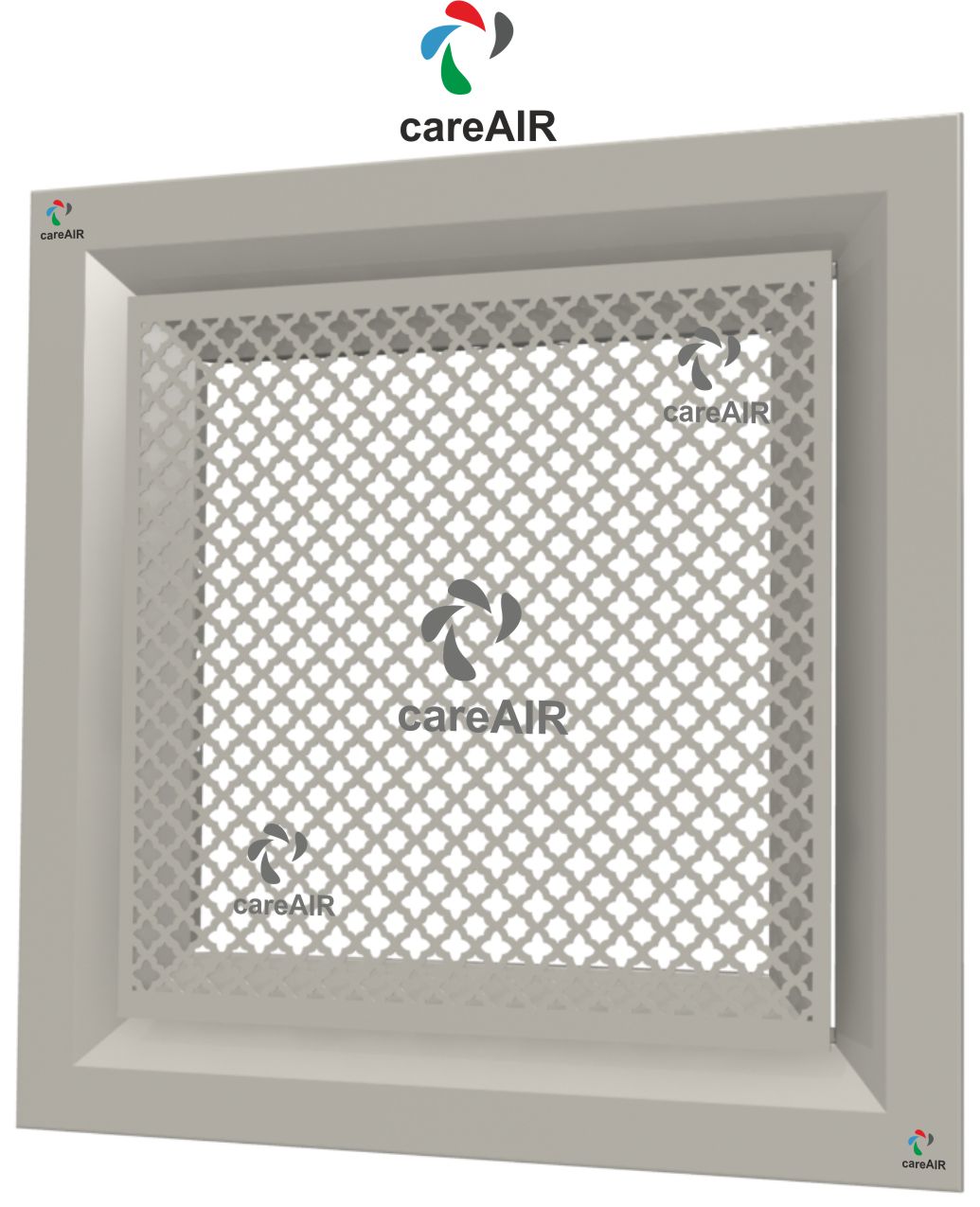
Perforated Diffuser-Square
Perforated diffusers in HVAC systems are air distribution devices with a faceplate made of perforated material, typically metal (such as aluminium or steel). These diffusers are designed to provide even and efficient airflow by using a series of small holes or perforations across the surface. The perforated pattern allows for smooth, draft-free air distribution and is commonly used in both supply and return air applications. The faceplate is perforated with small holes arranged in a specific pattern. The perforations can vary in size and distribution, depending on the airflow needs and the specific design of the HVAC system. Ideal for spaces where even and gentle airflow is needed, preventing drafts or uncomfortable air circulation. Perforated designs allow for the flexibility of finishes, such as powder-coating or anodizing, to match interior aesthetics.
Swirl Diffuser
Swirl diffusers in HVAC systems are specialized air distribution devices designed to deliver air in a swirling, circular motion, creating a vortex-like effect as the air exits the diffuser. This swirling airflow pattern helps to achieve more efficient air mixing in a room, ensuring that conditioned air is evenly distributed throughout the space. Swirl diffusers are typically used in commercial, industrial, and residential HVAC systems to improve air circulation and maintain consistent temperatures. Swirl diffusers create a circular or spiral airflow pattern, which encourages the mixing of air in the room. The air is released at an angle, creating a rotating airflow that promotes even distribution of temperature and air quality.
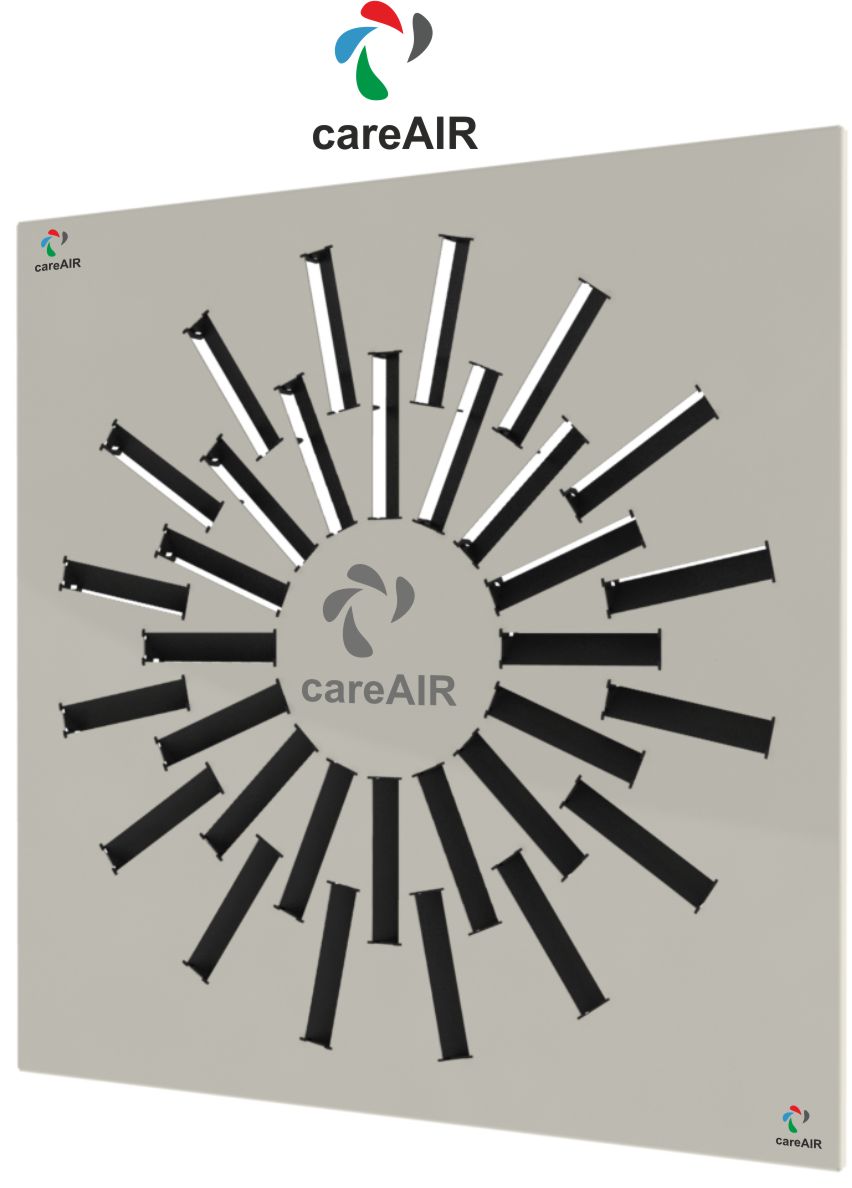
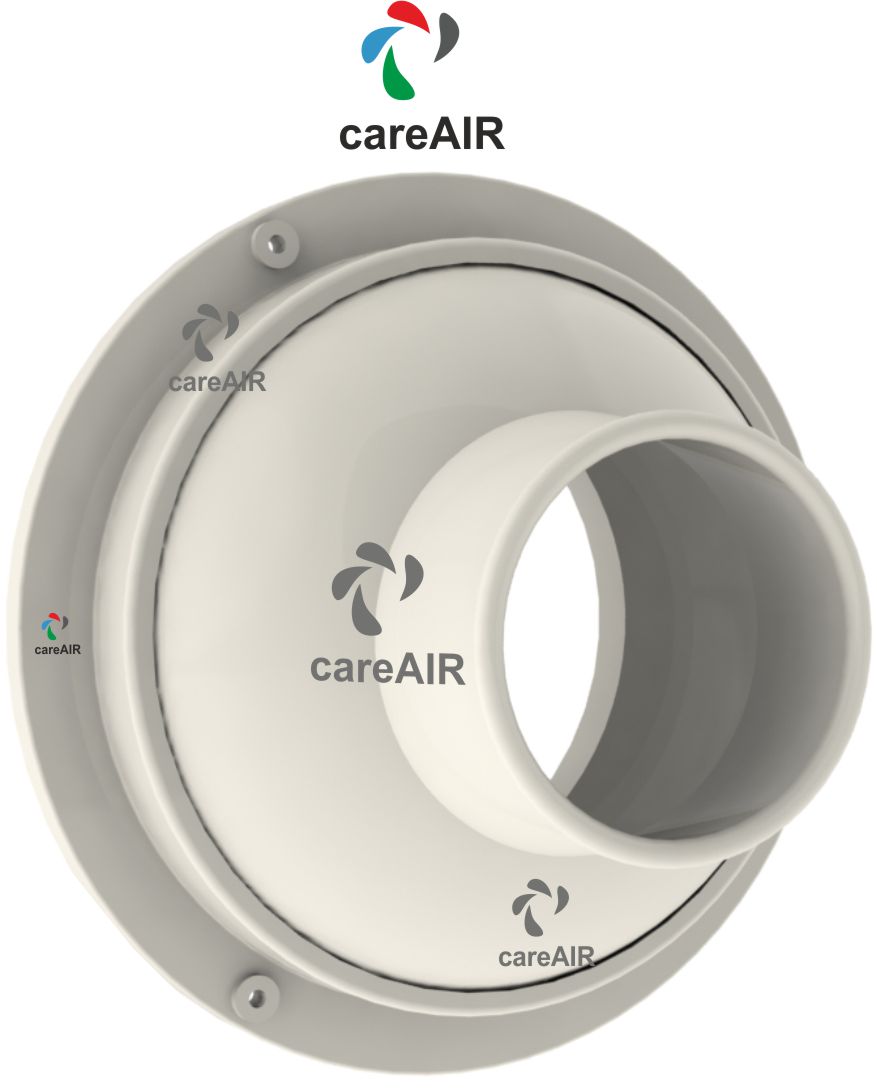
Spot Diffuser
Spot-type diffusers in HVAC systems are designed to focus airflow in a specific, localized area, providing targeted air distribution to a concentrated spot within a room or space. These diffusers are often used in applications where precise control over air distribution is required, such as in areas where air needs to be directed to specific zones for cooling, heating, or ventilation. Spot-type diffusers deliver airflow in a narrow, targeted pattern, focusing on a specific location. They may use a fixed or adjustable nozzle to control the direction of airflow.
Eyeball Diffuser
Eyeball-type diffusers in HVAC systems are adjustable air distribution devices designed to deliver airflow in a specific, directed pattern. These diffusers feature a spherical, eyeball-like design, where the diffuser head resembles an "eye," and the direction of airflow can be adjusted to target a particular area. Eyeball diffusers are ideal for applications that require focused airflow or adjustable direction to meet changing environmental conditions.
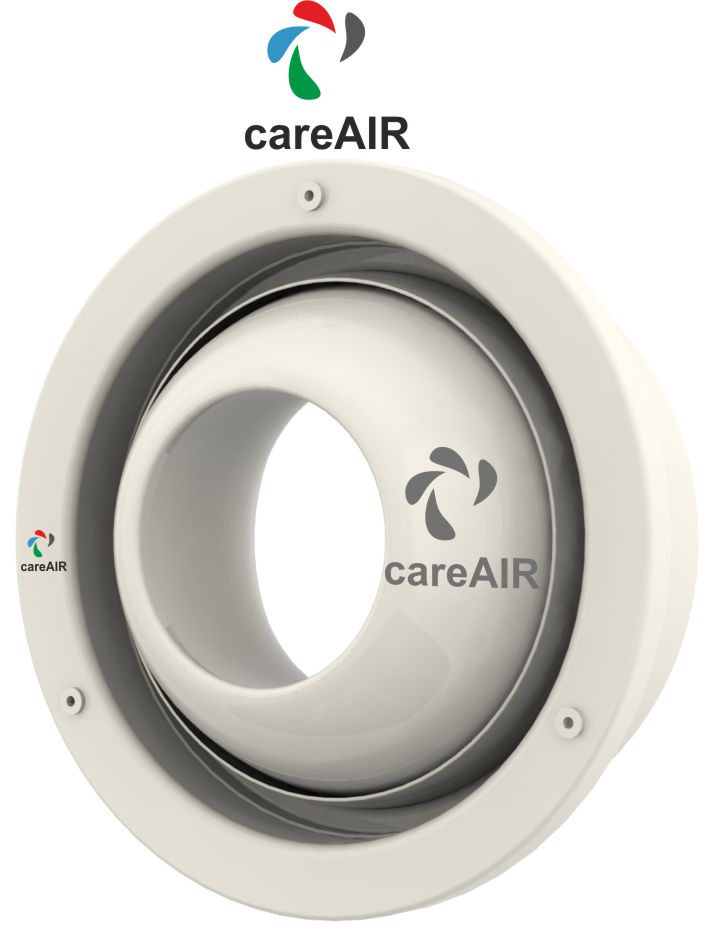
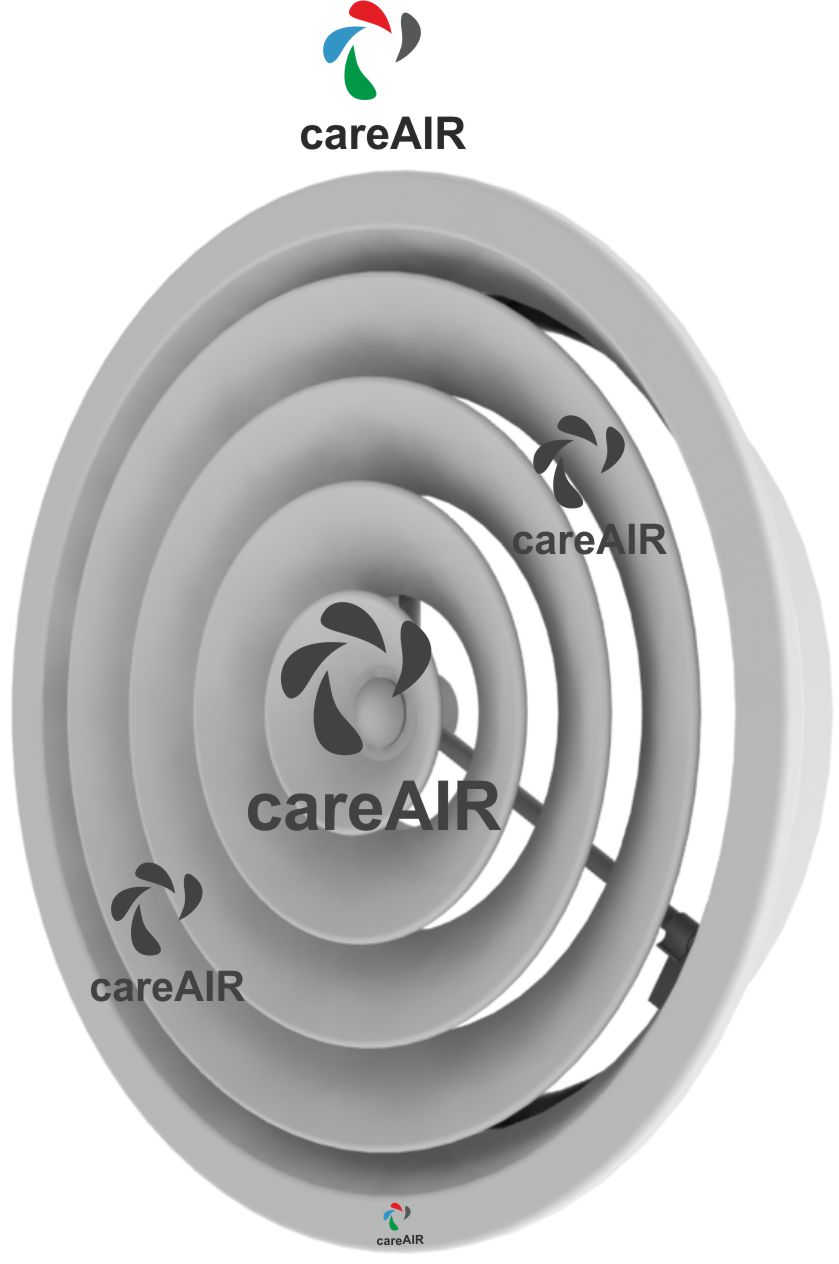
Round Diffuser
Round diffusers in HVAC systems are air distribution devices that have a circular, round-shaped faceplate, designed to efficiently supply or return air into a room. They are one of the most common types of diffusers used in both residential and commercial HVAC systems due to their versatility, ease of installation, and ability to provide uniform air distribution. Round diffusers have a circular faceplate, typically with an adjustable grille or vanes that help direct and control the airflow. They are designed to distribute air evenly, either in a circular pattern or along a specific path, depending on the configuration of the vanes.
Jet Nozzle Diffuser
Jet/Nozzle diffusers in HVAC systems are specialized air distribution devices designed to provide a high-velocity, directional airflow over long distances. These diffusers are commonly used in applications where focused air delivery is needed, such as in areas with high ceilings or large spaces where traditional diffusers may not be effective. They work by producing a jet of air that can be directed in a specific direction, ensuring precise airflow control. Jet or nozzle diffusers create a high-velocity stream of air (or "jet") that is directed in a particular direction, often adjustable. The airflow is designed to travel over a long distance, making it effective in large or open spaces with high ceilings. These diffusers are designed to deliver air with higher velocity compared to standard diffusers, which helps ensure air can travel over longer distances before losing momentum. Jet/nozzle diffusers are ideal for areas with high ceilings or large spaces where air needs to travel a longer distance before being evenly distributed.
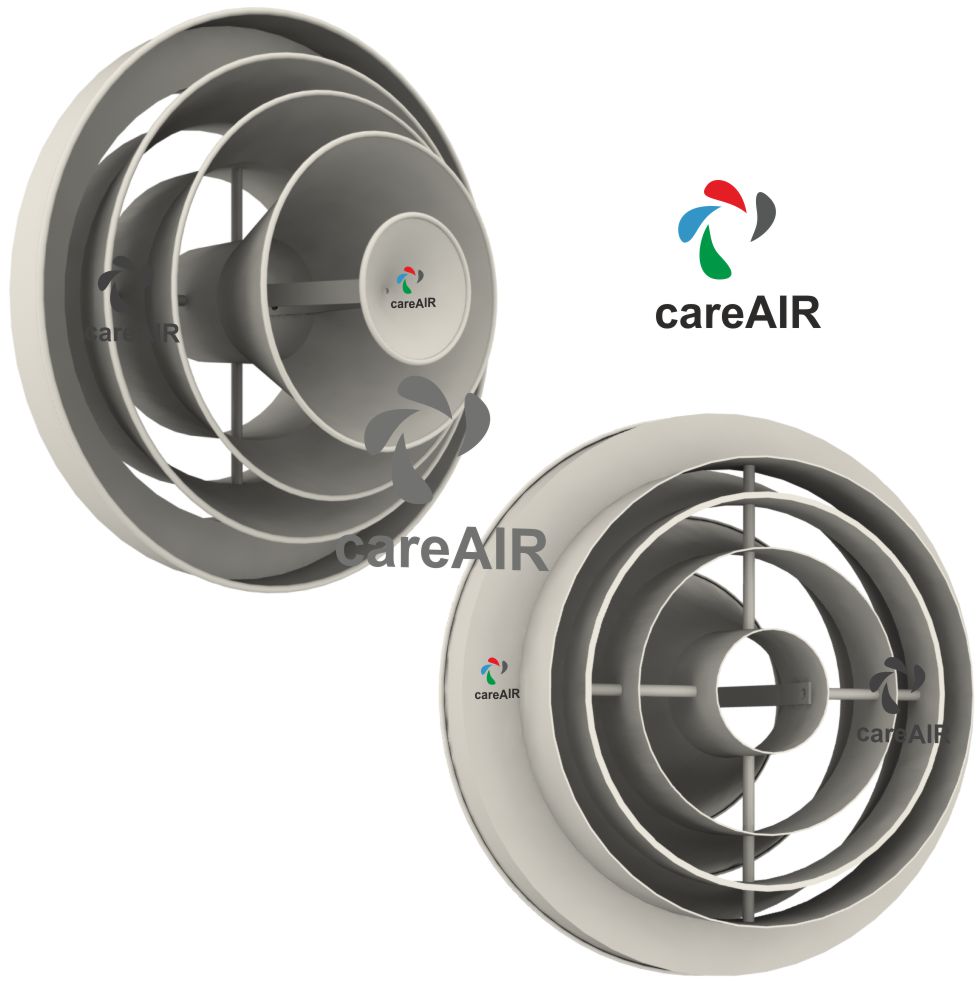
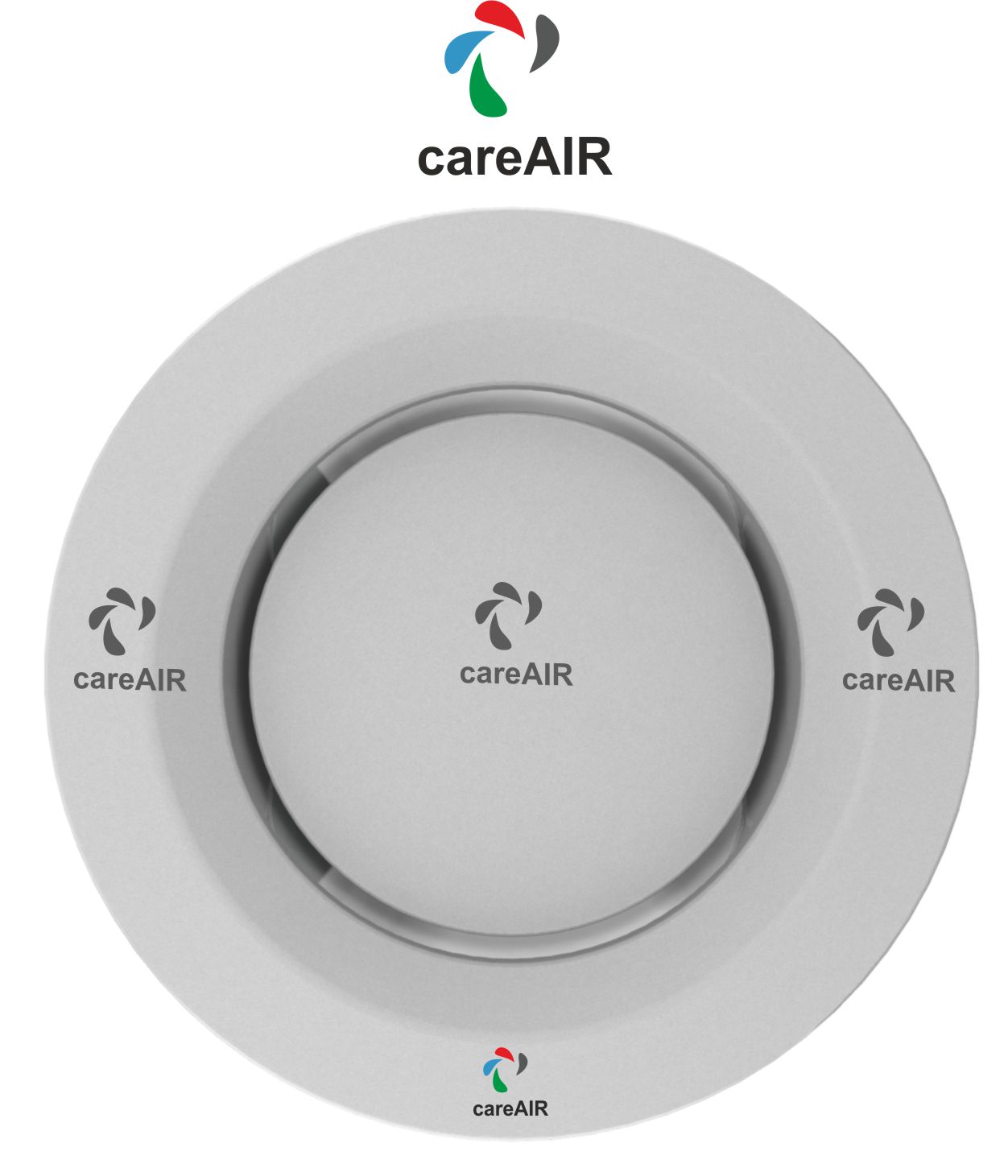
Disc Valve/Exhaust Valver
Disc valves in HVAC systems are a type of air distribution device used to control and regulate the flow of air in a space. These valves are typically circular and consist of a disc or circular plate that moves within a valve body to control the airflow. Disc valves are designed for both supply and return air systems, and they can be used to provide a controlled, adjustable, and uniform airflow within a room or building. Disc valves typically consist of a circular plate (disc) that rotates or slides within a housing or valve body to adjust airflow. The disc can be adjusted manually or automatically, depending on the system design.
Disc Valve/Exhaust Valve- perforated
A perforated disc valve in HVAC systems is a type of air control valve that uses a perforated disc (a metal or other material plate with holes) to regulate and distribute airflow within a ductwork system. These valves are designed to allow air to pass through the holes in the disc in a controlled manner, ensuring the proper flow and distribution of air within a room or space. The valve consists of a disc with small holes or perforations, often installed in the duct or at the air supply point. he disc may be fixed or adjustable, depending on the design of the valve, allowing for controlled airflow. The size, pattern, and number of perforations can vary to meet the specific airflow and pressure needs of the system.
